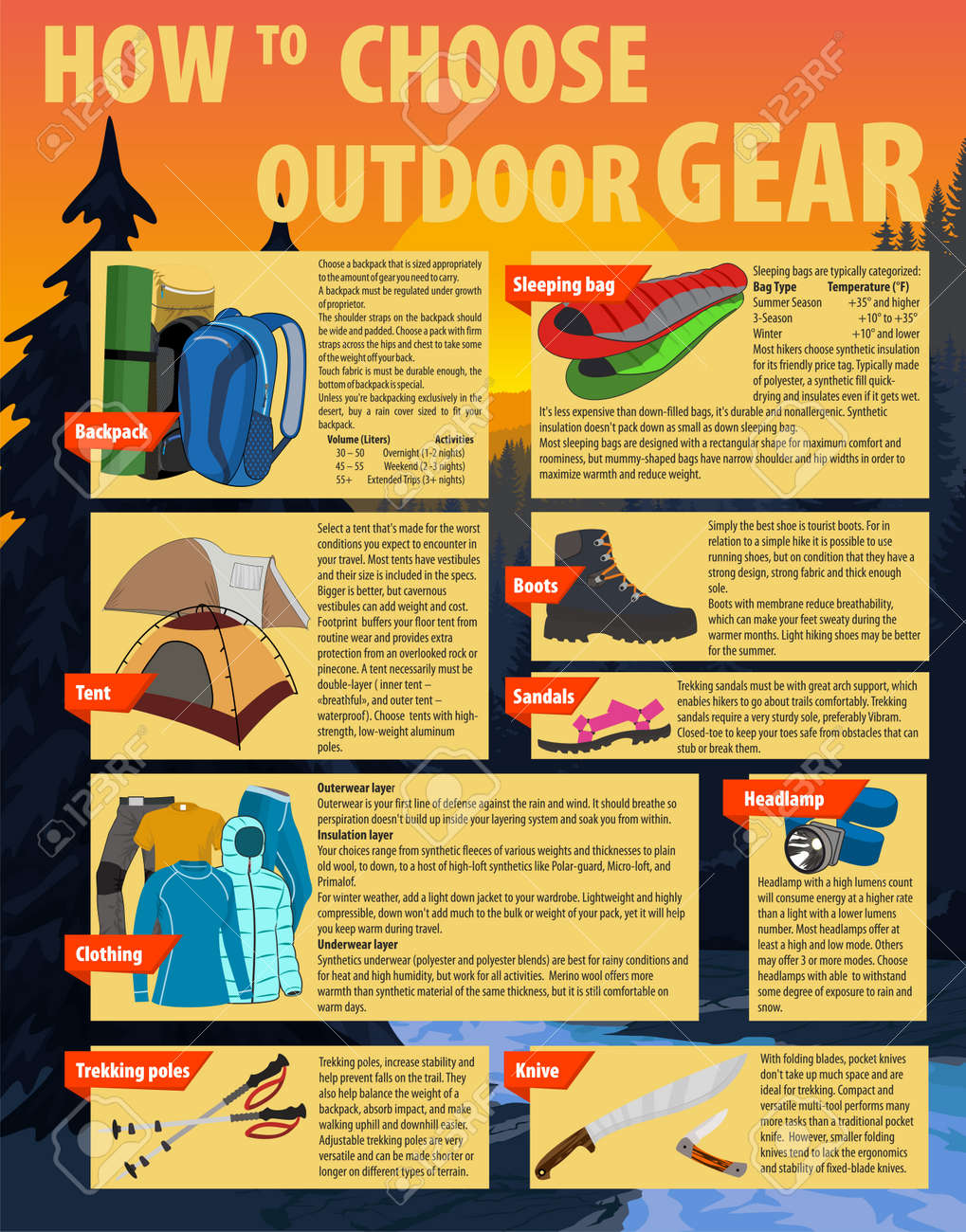Manage A Flourishing Online Camping Tents Venture By Selling Camping Tents
Manage A Flourishing Online Camping Tents Venture By Selling Camping Tents
Blog Article
Does Your Backpacking Outdoor Tents Need a Footprint?
A footprint is expensive and adds additional weight to your backpack. It likewise isn't specifically sturdy.
What size is a 4 man tent?
Ultimately, whether or not a tent footprint is required depends upon where and just how usually you're camping. As a whole, it's a good idea to use one if you camp on abrasive surfaces or in wet conditions.
Tents with Lower Deniers and Waterproof Scores
Camping tents with lower deniers and water resistant rankings often tend to be lighter, but they can also be much more vulnerable. They might call for even more constant repairs and have less interior space than tougher versions. If you're an informal backpacker that suches as to take a trip fast and light, this could be great; nonetheless, even more knowledgeable hikers understand that compromising toughness can feature large repercussions down the route.
The denier and waterproof rating of a tent's canopy, rainfly, and flooring can aid you establish its livability. Try to find higher-denier materials on the canopy and rainfly, as well as taped joints that assist protect against water from leaking with stitches. Some producers even make use of warmth and sealant during construction to create a stronger joint; these are called welded seams.
The livability of an outdoor tents can additionally be figured out by its floor dimensions and ability. An outdoor tents's floor should be a little smaller sized than the footprint to prevent water from merging under the sanctuary.
Camping Tents in Rough Terrain
Many backpacking tents include a footprint created particularly for their model, which aids make certain an appropriate fit and safeguards the tent's base from dampness and sharp things. Various other producers market global footprints that can be reduced or folded up to match a camping tent's measurements.
The kind of terrain you'll run into is one more important factor to consider for choosing an outdoor tents. For instance, if you'll be camping in a canyon or gully, seek a sanctuary that can manage strong winds. These problems produce turbulence that can make the distinction between enjoying your camping area or experiencing discomfort.
The capacity and glamping tents for sale peak height of a tent provide you an excellent idea of its livability, however added factors to think about include vestibules (the section of the rainfly covering the doors) and overall storage room. As an example, throughout our winter season screening of the Marmot Tungsten, its generous 93-by-82-inch flooring conveniently managed four sweaty backpackers and their puffier shoulder season resting bags while still leaving sufficient room for equipment and people.
Tents in Damp Conditions
Even if your tent shows up dry, dampness hides in the nooks and crannies. With time, it can break down the fabric. That's why it's so vital to capitalize on day of rest to deep-clean your tent and its parts, such as zipper cellular linings, stake loopholes and adjustable webbing bands.
Also, make sure to pitch your outdoor tents in a level area, not a divot or concave place, to ensure that ground water does not accumulate between the camping tent floor and impact or tarp. And if you're utilizing a footprint, think about a custom-cut one designed for your camping tent's layout. It won't accumulate rainwater the method a generic ground cloth or tarp can.
Technique setting up and removing your tent in your home before you hit the road, to obtain a feel for exactly how promptly and efficiently you can do it. Additionally, practice scouting your tent in various terrains to see exactly how very easy it is (or isn't) to do in bad weather conditions.
Camping Tents in High-Rise Situations
Tents range in flooring size and livability. For instance, a huge tent with twin doors and vestibules like Marmot's Tungsten can take care of four backpackers without needing acrobatics to enter and out or to keep equipment.
The minimum path weight requirements is the very best specification to compare designs, as it consists of the bare essentials: tent body, rainfly and poles. Yet remember that the spec omits outdoor tents stakes, man lines and things sacks.
Most backpacking camping tents can stand up to a light summer storm, however some can be swept away by gale-force gusts. Seek a design with solid posts, a raised bathtub-style floor and joint taping to lower the chance of water leaking via. Costlier designs likewise tend to feature stronger products that can resist the effect of particles and other forces.
Why canvas tents can keep water out during rain?
